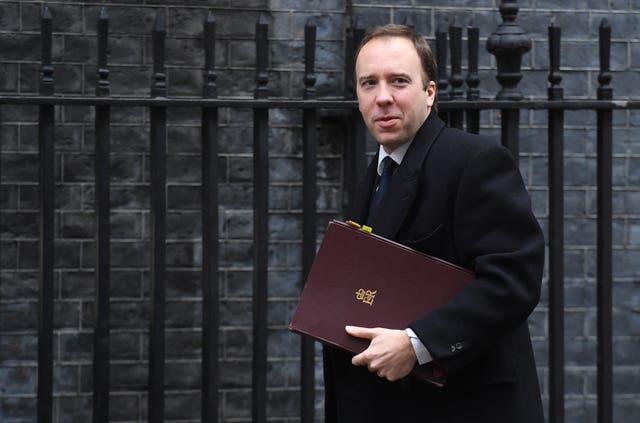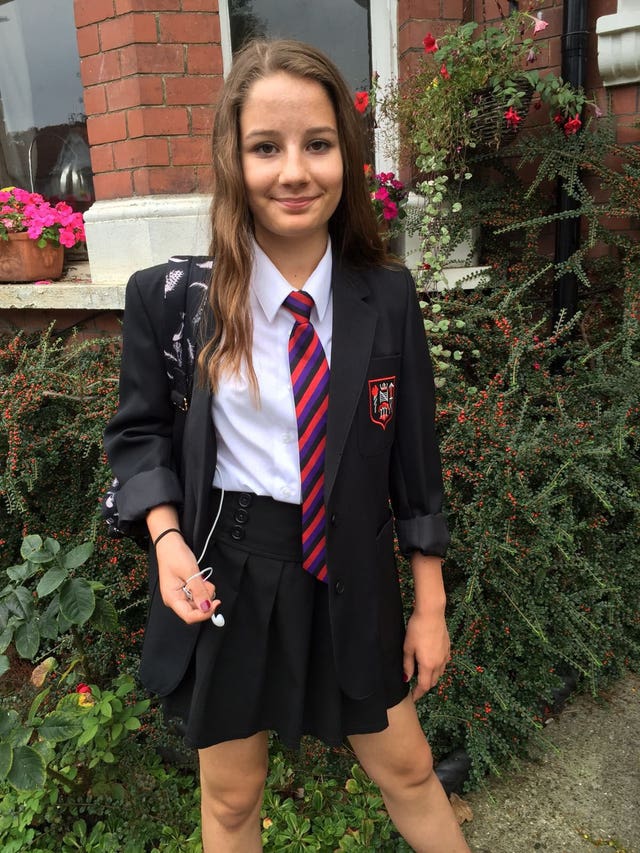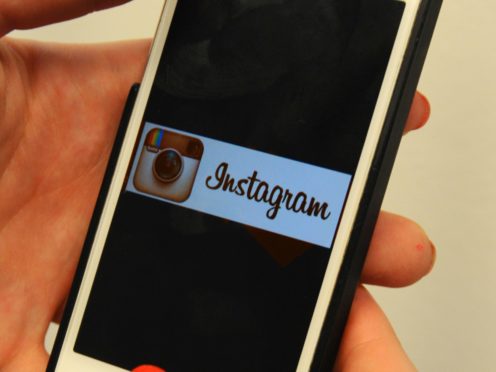Instagram is banning graphic images of self-harm after Health Secretary Matt Hancock said social media companies “need to do more” to curb their impact on teenagers’ mental health.
The photo-sharing platform announced a series of changes to its content rules including a ban on graphic images of self-harm and the removal of non-graphic images of self-harm from searches, hashtags, and the explore tab.
Instagram said it will not be entirely removing non-graphic self-harm content, as it does not “want to stigmatise or isolate people who may be in distress”.
Head of the social network, Adam Mosseri, said: “Nothing is more important to me than the safety of the people who use Instagram. We are not where we need to be on self-harm and suicide, and we need to do more to protect the most vulnerable in our community.
“I have a responsibility to get this right. We will get better and we are committed to finding and removing this content at scale, and working with experts and the wider industry to find ways to support people when they’re most in need.”
The site’s bosses met the Health Secretary on Thursday afternoon to discuss content on suicide and self-harm.

Before the meeting, Mr Hancock said: “Social media companies need to do more, in particular, to remove material that encourages suicide and self harm, so I’m going to be asking other social media companies to act.
“I don’t want people to go onto social media and search for images about suicide to get directed to yet more of that sort of imagery. They need help to not post more about suicide.”
Mr Hancock’s meeting with the internet giant came after the father of a teenager who took her own life in 2017 told the BBC that Instagram “helped kill my daughter”.
Molly Russell died in 2017 aged 14. Her family found material relating to depression and suicide when they looked at her Instagram account after her death.

Mr Hancock said: “I think that parents around the country and across the world worry about the impact of social media on teenagers’ mental health.”
He added: “We’re not going to rest until we tackle this problem.”
The NSPCC said the rule changes marked “an important step”, but that social networks were still not doing enough to tackle self-harm.
Charity chief executive Peter Wanless said: “It should never have taken the death of Molly Russell for Instagram to act.
“Over the last decade social networks have proven over and over that they won’t do enough to design essential protections into their services against online harms including grooming and abuse.
“We cannot wait until the next tragedy strikes.”
– The Samaritans operate a round-the-clock freephone service 365 days a year for people who want to talk in confidence. They can be contacted by phone on 116 123 or by visiting samaritans.org.
